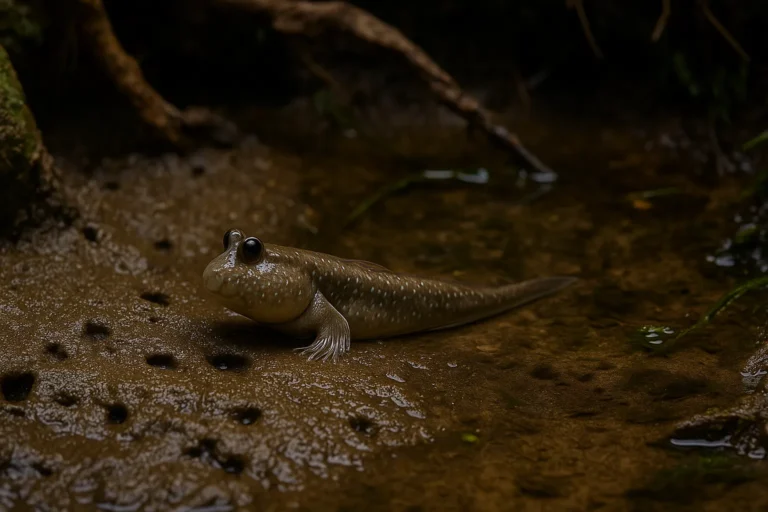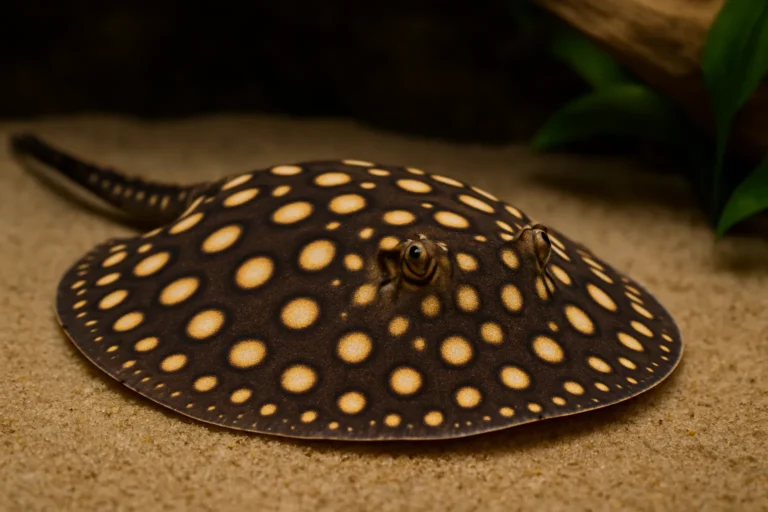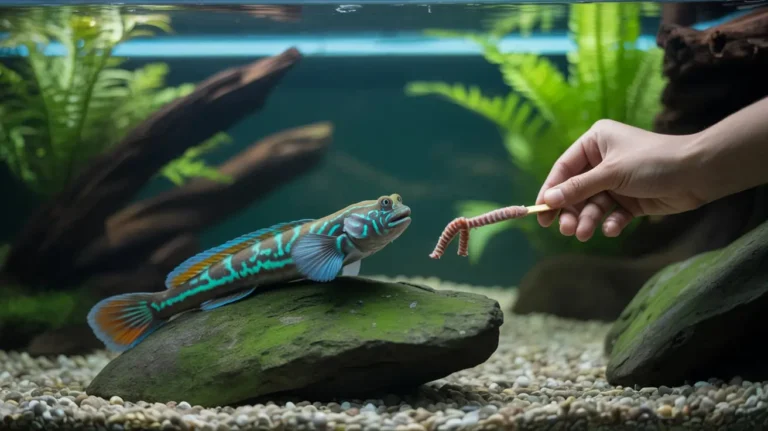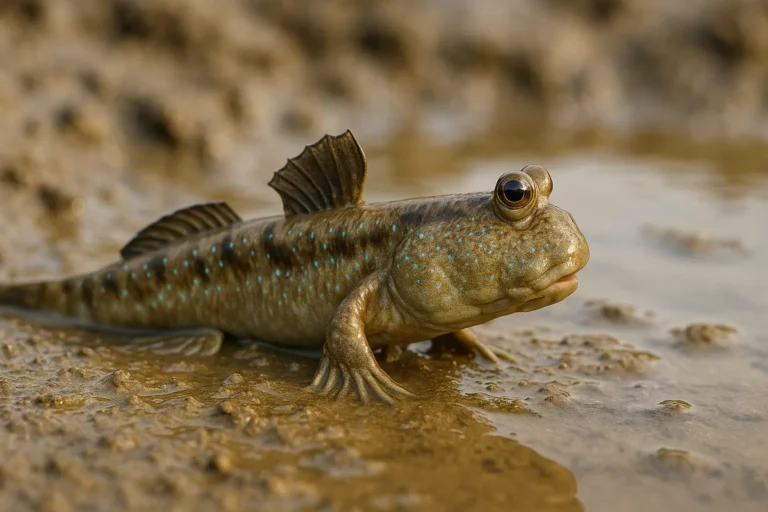Freshwater Stingray: The Ultimate Guide for Aquarists
Freshwater stingrays are fascinating, intelligent, and visually stunning creatures that are becoming increasingly popular among advanced aquarists. Unlike their marine cousins, these freshwater species thrive in river systems, especially in South America’s Amazon basin. While they can make rewarding pets, they demand specific care, large tanks, and a deep understanding of their unique biology. This guide dives into everything you need to know to keep freshwater stingrays healthy and thriving.
What Are Freshwater Stingrays?
Freshwater stingrays are cartilaginous fish related to sharks, sawfish, and skates. They have flat, disc-shaped bodies with long tails, and unlike bony fish, their skeletons are made of cartilage. A key feature is the venomous stinger on their tails — actually a modified scale tipped with barbs and grooves that carry a protein-based venom, used for self-defense. Contrary to common belief, stingrays are not aggressive. Injuries typically occur only when they are stepped on or severely disturbed.
Most freshwater stingrays in the aquarium trade belong to the genus Potamotrygon, native to the river systems of South America. These rays are intelligent, capable of recognizing their keepers, and can even be hand-fed.
Physical Characteristics
Freshwater stingrays have eyes on the top of their bodies and mouths on the underside. Behind their eyes are spiracles — small openings that allow them to breathe while buried under sand. Most species have intricate, colorful dorsal patterns with spots and shades of gray, brown, or black.
- Disc Size: Up to 18 inches (46 cm) wide
- Tail Length: Up to 12 inches (30.5 cm)
- Stingers: Continuously shed and regrown, allowing some rays to have two stingers at once
Natural Habitat
Freshwater stingrays inhabit slow-moving, sandy-bottom rivers and flooded forests across South America. The Amazon River is home to the majority of species. Some species are also found in parts of Southeast Asia, Africa, and Australia, but those offered in aquariums are almost always South American.
Aquarium Setup and Housing Requirements
Tank Size
These fish require large aquariums, especially as adults. Juveniles may start in 75–90 gallon tanks, but adults need a minimum of 180 gallons, with ideal dimensions of at least 72–84 inches in length and 24–36 inches in depth.
Substrate and Decor
Use fine sand as the substrate. Avoid sharp-edged decorations — stingrays enjoy burying themselves, so keep the bottom open and smooth. Install heater guards or in-line heaters to prevent burns.
Lighting and Filtration
Use subdued lighting with a 12-hour day/night cycle. Employ powerful biological filtration, as stingrays produce high levels of ammonia. Maintain a stable water temperature using reliable heaters.
Water Conditions
Freshwater stingrays are extremely sensitive to poor water quality. Understanding the nitrogen cycle is critical for their care.
- pH: 6.8 to 7.6
- Alkalinity: 1°–4° (18–70 ppm)
- Temperature: 75°F to 82°F (24°C to 28°C)
- Ammonia & Nitrite: 0 ppm
- Nitrate: <10 ppm
Perform 25–50% weekly water changes, and always dechlorinate tap water. RO/DI water with trace elements is often preferred. Avoid adding salt unless treating stress or disease — and ensure compatibility with other fish before doing so.
Behavior and Compatibility
Freshwater stingrays are bottom-dwellers and spend much of their time buried in sand. They ambush prey using their excellent eyesight and electroreception (through “Lorenzian ampullae”).
Tank Mates
The best tank mates are:
- Other stingrays (same or different species, if space allows)
- Peaceful, upper-level swimmers like:
- Silver dollars
- Geophagus species
- Arowanas
- Severums
- Bichirs
- Silver dollars
Avoid:
- Plecostomus and other sucker catfish (they can injure stingrays)
- Aggressive or nippy species
- Fish small enough to be eaten by the ray
Diet and Feeding
Freshwater stingrays are carnivores. In the wild, they eat crustaceans, mollusks, and small fish. In captivity, they can eat a varied diet of:
- Earthworms
- Shrimp (raw or frozen)
- Mysis shrimp
- Bloodworms (live or frozen)
- Small pieces of tilapia or white fish
- Quality sinking pellets (e.g., bottom feeder or cichlid pellets)
Over time, many rays can be taught to eat from tweezers or even directly from your hand. Avoid overfeeding and ensure food reaches the bottom where rays can access it. Want to read in depth visit freshwater stingray diet guide.
Breeding
Freshwater stingray breeding is challenging and requires patience, space, and experience.
- Reproduction: Internal fertilization using male’s claspers
- Gestation: ~3 months
- Birthing: Ovoviviparous — pups develop inside eggs that hatch internally
- Litter Size: 2–6 pups per year
- Newborn Size: ~3 inches (8 cm) wide
- Interesting Fact: Females have two uteruses and can carry pups from different males at once
Lifespan
- In Captivity: 5 to 10 years
- In the Wild: Lifespan still unknown
Proper diet, space, and water quality are crucial to maximizing their longevity.
Legal Considerations and Buying Tips
Some U.S. states ban the ownership of Potamotrygon stingrays, including:
Arizona, Arkansas, California, Georgia, Hawaii, Mississippi, Nevada, Oklahoma, Texas, Utah
(Permits required in Colorado and Florida)
Buying Tips
- Avoid fish with curled disc edges (a sign of severe stress or illness)
- Choose active individuals that show interest in food
- Don’t purchase newly arrived rays — let them acclimate at the store for a week
- Quarantine all new stingrays for at least 30 days
Captive-bred rays are generally healthier and easier to care for than wild-caught specimens.
Final Thoughts
Freshwater stingrays are some of the most unique and captivating species you can keep in an aquarium. While they demand a significant investment in space, time, and care, their intelligence and personality make them rewarding pets. If you’re an experienced aquarist ready for the challenge, a freshwater stingray might just be the showpiece your aquarium needs.




